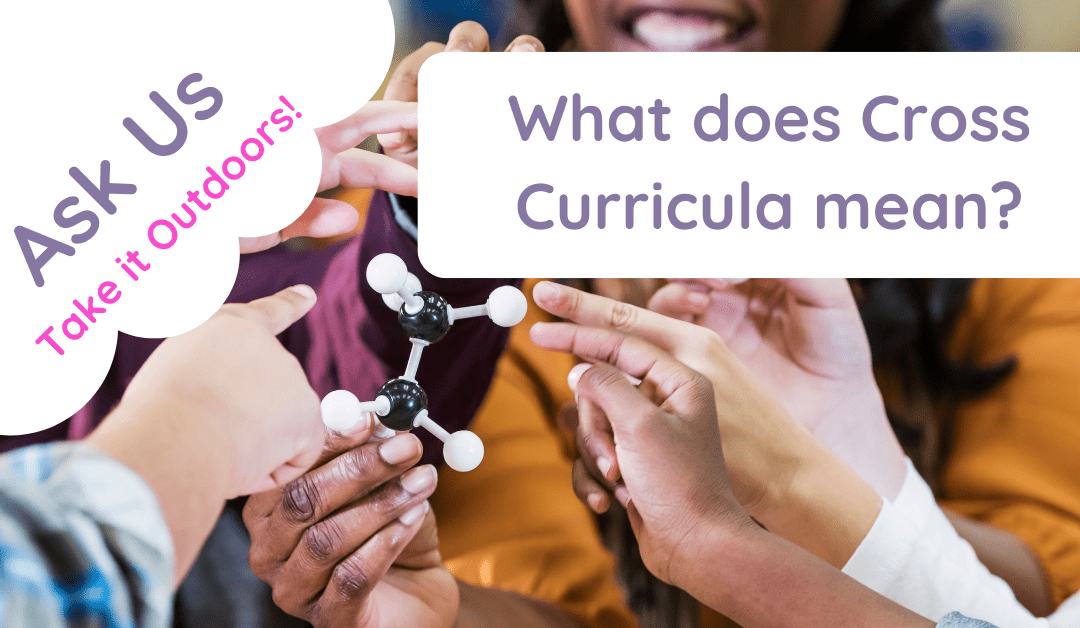What Does Cross-Curricular Mean?
Cross-curricular education is an integrated approach to learning that connects different subjects, allowing students to make links between various areas of knowledge. Instead of teaching subjects in isolation, cross-curricular teaching promotes a holistic view of learning, encouraging students to draw connections and apply their understanding in broader contexts. This method fosters critical thinking, creativity, and deeper comprehension of material. In this blog post, we will explore what cross-curricular education entails, its benefits, and how it can be effectively implemented in classrooms.
Understanding Cross-Curricular Education
Cross-curricular education, also known as interdisciplinary or integrated learning, involves teaching multiple subjects in a cohesive manner. This approach can be implemented in various ways, from thematic units that encompass multiple subjects to project-based learning where students work on comprehensive projects that require skills and knowledge from different disciplines.
External Resource: Edutopia – Integrated Studies Internal Resource: Muddy Puddle Teacher – Cross-Curricular Learning Guides
Benefits of Cross-Curricular Education
1. Enhanced Engagement
By connecting different subjects, cross-curricular education makes learning more relevant and engaging for students. They can see the practical application of what they are learning, which can increase motivation and interest.
External Resource: Education Endowment Foundation – Collaborative Learning
2. Deeper Understanding
This approach encourages deeper understanding by allowing students to explore concepts from multiple perspectives. They can make connections between ideas and see how different pieces of knowledge fit together.
External Resource: Harvard Graduate School of Education – Deeper Learning
3. Development of Critical Thinking Skills
Cross-curricular activities require students to think critically and solve complex problems. They learn to analyze information, make connections, and apply their knowledge in various contexts.
External Resource: ThoughtCo – Critical Thinking Skills
4. Improved Collaboration
Many cross-curricular projects involve group work, fostering collaboration and communication skills. Students learn to work together, share ideas, and support each other’s learning.
External Resource: Edutopia – Benefits of Cooperative Learning
5. Enhanced Creativity
Cross-curricular learning often involves creative projects that allow students to express themselves in various ways. This can lead to increased creativity and innovation.
External Resource: Creativity Portal – Benefits of Creative Play
Implementing Cross-Curricular Education
1. Thematic Units
Create thematic units that encompass multiple subjects. For example, a unit on “The Environment” could include science (ecosystems), geography (climate zones), and English (writing persuasive essays on conservation).
External Resource: TeachHUB – Thematic Teaching
2. Project-Based Learning
Encourage students to work on projects that require knowledge from various subjects. For instance, a project on designing a sustainable city could integrate science, maths, geography, and art.
External Resource: Buck Institute for Education – Project-Based Learning
3. STEM and STEAM
Integrate science, technology, engineering, and maths (STEM) or include the arts (STEAM) into your curriculum. These approaches promote hands-on learning and real-world problem-solving.
External Resource: STEM.org – What is STEM?
4. Literacy Across the Curriculum
Incorporate reading and writing activities into all subjects. This can include reading scientific articles in science class or writing historical narratives in history class.
External Resource: National Literacy Trust – Literacy Across the Curriculum
5. Outdoor Learning
Use outdoor spaces to teach different subjects simultaneously. For example, a nature walk can include lessons on biology (plant identification), geography (landforms), and art (sketching landscapes).
External Resource: Learning Through Landscapes – Outdoor Learning
Practical Cross-Curricular Activities
1. Science and Art
Combine science and art by having students create detailed drawings or models of scientific concepts, such as the anatomy of animals or the structure of plants.
External Resource: National Geographic – Integrating Art and Science
2. Maths and PE
Integrate maths and physical education by having students measure distances, calculate speed, or keep statistics during sports activities.
External Resource: PE Central – Integrating Maths and PE
3. History and Drama
Have students reenact historical events or create plays based on historical figures. This helps bring history to life and enhances understanding.
External Resource: History Extra – Teaching History Through Drama
4. Geography and ICT
Use information and communication technology (ICT) to create digital maps or presentations about different regions, combining geography and technology skills.
External Resource: Geographical Association – ICT in Geography
5. Literacy and Music
Incorporate music into literacy lessons by analyzing song lyrics, writing poetry that can be set to music, or creating musical performances based on literary themes.
External Resource: Teach Rock – Music and Literacy
Recommended Resources from Muddy Puddle Teacher
Muddy Puddle Teacher offers a variety of resources to support cross-curricular education:
- Cross-Curricular Learning Guides
- Outdoor Learning Guides
- Health Benefits of Outdoor Learning
- Storytelling Techniques
- Teamwork Activities
Conclusion
Cross-curricular education is a powerful approach that enriches learning by connecting different subjects and promoting a holistic understanding of knowledge. By integrating various disciplines, educators can create engaging, meaningful learning experiences that foster critical thinking, creativity, and collaboration. Implementing cross-curricular activities in the classroom not only enhances academic performance but also prepares students for real-world problem-solving and lifelong learning. Embrace cross-curricular education and watch your students thrive as they explore the interconnectedness of the world around them


